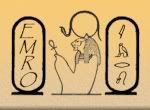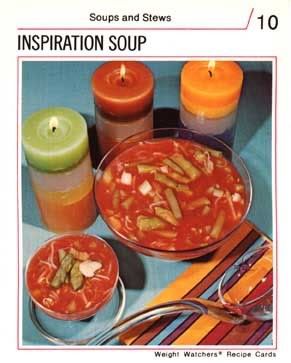Here are some links about the history of gender identity and color:
Princeton Report on Knowledge
Color Matters
How Stuff Works
As an artist and someone interested in art history, I've often wondered what role these two paintings played in the development of the pink-for-girls, blue-for-boys phenomenon:
 Jonathan Buttall: The Blue Boy (c 1770)
Jonathan Buttall: The Blue Boy (c 1770) Thomas Gainsborough (1727-88)
oil on canvas, 70 5/8 x 48 3/4 inches
Thomas Lawrence (1769-1830)
oil on canvas, 58 1/4 x 40 1/4 inches
History of Blue Boy:
History of Pinkie:
One has to wonder since the two pieces gained tremendous popularity after they were associated with one another in the 1920s. They were reproduced on just about anything one can imagine (coasters, posters, tins, etc.) and reproduced as figurines. In fact, my grandmother had both of them in 10 inch figurines on her dresser. I have no idea where she got them, but they were the most memorable thing about my grandmother's taste in art. Interestingly enough, the two pieces were featured prominently on the Cleavers' walls in the 50s television show Leave it to Beaver.The gender identity of pink and blue had inverted around this time. One has to wonder if this is a connection or just a coincidence.
It just seems strange to "color code" people.
(1) http://www.huntington.org/ArtDiv/HuntingGall.html
"The best known painting at the Huntington, Gainsborough's The Blue Boy, portrays Jonathan Buttall, the son of a successful hardware merchant, who was a close friend of the artist. The work was executed during Gainsborough's extended stay in Bath before he finally settled in London in 1774. The artist has dressed the young man in a costume dating from about 140 years before the portrait was painted. This type of costume was familiar through the portraits of the great Flemish painter, Anthony van Dyck (1559-1641), who was resident in England during the early 17th century. Gainsborough greatly admired the work of Van Dyck and seems to have conceived The Blue Boy as an act of homage to that master. Mr. Huntington purchased the painting along with Gainsborough's The Cottage Door and Reynolds's Sarah Siddons as the Tragic Muse from the Duke of Westminster." (1)
History of Pinkie:
"Pinkie, facing The Blue Boy in the Main Gallery of the museum and often paired with it in popular esteem, is by Thomas Lawrence, one of the great portrait painters of his generation. It was painted about 25 years after Gainsborough's masterpiece and had no association with that work until they both were displayed in the Huntington in the late 1920s. Executed when the artist was only 25 and shortly after his election to the Royal Academy, Pinkie is an extraordinarily fresh and lively performance with the sitter standing on a hill, her dress blown by the wind. The movement of her dress in conjunction with her frank gaze gives a sense of immediacy to the composition and expresses the animation of the sitter. The young girl was the daughter of a wealthy plantation family in Jamaica, who came to England for her education. Called "Pinkie" by her grandmother who commissioned the portrait, she was only eleven when her likeness was taken. Sadly, Sarah died within a few months of the portrait's completion, probably of tuberculosis. Her younger brother Edward was the father of the poetess Elizabeth Barrett Browning. Pinkie was the last painting purchased by Mr. Huntington, who did not live to see it installed in the house." (1)
One has to wonder since the two pieces gained tremendous popularity after they were associated with one another in the 1920s. They were reproduced on just about anything one can imagine (coasters, posters, tins, etc.) and reproduced as figurines. In fact, my grandmother had both of them in 10 inch figurines on her dresser. I have no idea where she got them, but they were the most memorable thing about my grandmother's taste in art. Interestingly enough, the two pieces were featured prominently on the Cleavers' walls in the 50s television show Leave it to Beaver.The gender identity of pink and blue had inverted around this time. One has to wonder if this is a connection or just a coincidence.
It just seems strange to "color code" people.
(1) http://www.huntington.org/ArtDiv/HuntingGall.html






No comments:
Post a Comment